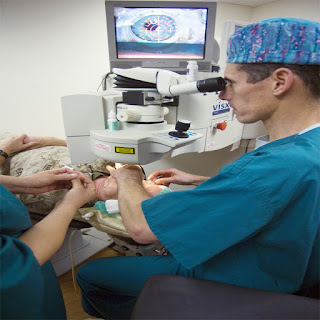LASIK EYE SURGERY

LASIK, which stands for laser in-situ keratomileusis, is a popular surgery that can correct vision in people who are nearsighted or farsighted, or who have astigmatism. It’s one of many vision correction surgeries that work by reshaping your cornea, the clear front part of your eye, so that light focuses on the retina in the back of your eye.

